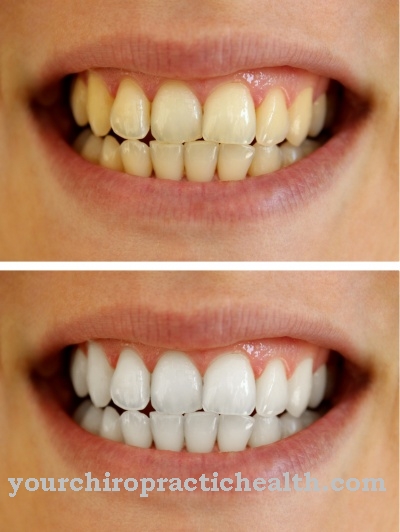This guide for pregnancy gymnastics is intended to give you a good overview of all kinds of gymnastics exercises for pregnant women.
Reasons for pregnancy gymnastics

During the pregnancy Increased demands are placed on the performance of the supporting and holding apparatus of women, and only well-trained muscles can cope with these loads. For example, the growth of the child in the womb and the associated bulging of the uterus cause the abdominal wall to expand.
As a result, the straight abdominal muscles are overstretched and their durability is reduced. Other muscles, the oblique abdominal and back muscles, then have to take on additional work and tire more quickly, tense up and cramp up. The result is back pain, lower back pain and incorrect posture. The pelvis is strongly tilted, creating a hollow back. We can deal with all of these phenomena during pregnancy with the help of appropriate gymnastics prevent.
It is also appropriate if the woman from the first day of the pregnancy cares for the skin of the abdomen and hips. With cold washing and brushing, she achieves good blood circulation, but above all the abdominal skin remains elastic and can adapt sufficiently to the expansion of the abdominal wall. Its regenerability is also retained, and it shows after pregnancy no disfiguring scars (stretch marks).
The ones described here Gymnastic exercises not only intended to cause discomfort during the pregnancy as much as possible, but also help that birth to facilitate. The gymnastics is only part of the preparation for a painless birth. Therefore, the expectant mothers should definitely take part in the courses of psychoprophylaxis. Here you hear e.g. Lectures on the physiology of pregnancy and childbirth, receive information on how to behave during the act of childbirth.
Like strengthening the abdominal muscles, strengthening the foot muscles is also very important. At the same time, intensive and vigorous foot exercises stimulate blood circulation, especially in the legs, and thus prevent the formation of varicose veins. To take the strain off your legs, you should put them up during breaks.
The ones described here Gymnastic exercises are essentially put together at a workshop for physiotherapists. Simple, uncomplicated exercise sequences were deliberately chosen so that every healthy one Pregnant womenwhether first-time or multiparous, can exercise from around the fourth month to birth. It is important to practice intensively once a day on a regular basis. You must also ensure that the room is well ventilated, the clothes are light and not cramped, and that the bladder and bowel are emptied before using the gymnastics begins, which is best performed lying on the floor.
Exercises in pregnancy gymnastics
Exercises 1 to 6 are performed in the supine position.
Stimulation of the circulation
1. Legs up, exhale - then slowly let the air flow in through the nose: the abdominal muscles are loose, the abdominal cavity expands, while exhaling the abdominal wall sinks back 4 to 5 times.
2. Legs straight, toes pointing upwards, toes firmly clawed in and stretching, 8 to 10 times. Then move your feet up and down in the ankle, together, against each other and in circles, 8-10 times.
3. Press the stretched legs firmly on the surface, tensing the leg and gluteal muscles and letting them relax 3 to 4 times.
Strengthening the pelvic floor
4. Cross your legs at the level of your ankles. Tense the gluteal muscles - i.e. press the buttocks together - retighten by pressing the thighs together. Hold tension for about 2 seconds and then relax again, 5 times. To do this exercise properly and intensely, imagine holding a chair.
Strengthening the abdominal muscles
5. Bend both legs, stretch them and slowly lie down 3 times. Lift both legs straight, bend and lie down to the right or left, 3 times on each side. The stronger the abdominal muscles, the closer the exercise is performed above the floor. If the muscles are still weak and untrained, each leg is first practiced individually.
Loosening & relaxation
6. Bend your legs, place your feet as close as possible to your buttocks. Let both legs fall loosely to the right or left as you exhale; give a little in the lumbar spine. Knees touch the ground 5 times.
Quadruped
7. The spine is arched into a "cat's hump", the pelvis is straightened and the abdominal muscles are tensed. Then slowly slide back into the starting position, tilt your pelvis 3 to 4 times.
Finally, stand in the basic position with your back to the wall. Briskly raise and lower your stretched arms and bounce the back of your hand or palm against the wall twice, 8 to 10 times.


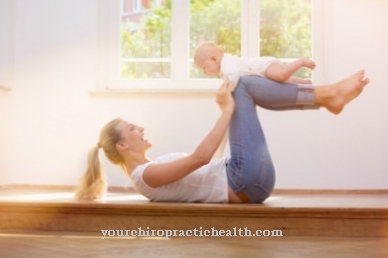














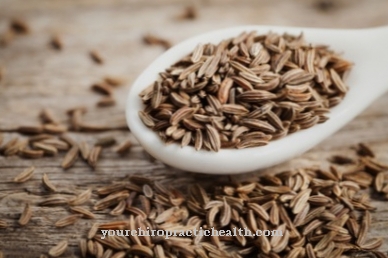


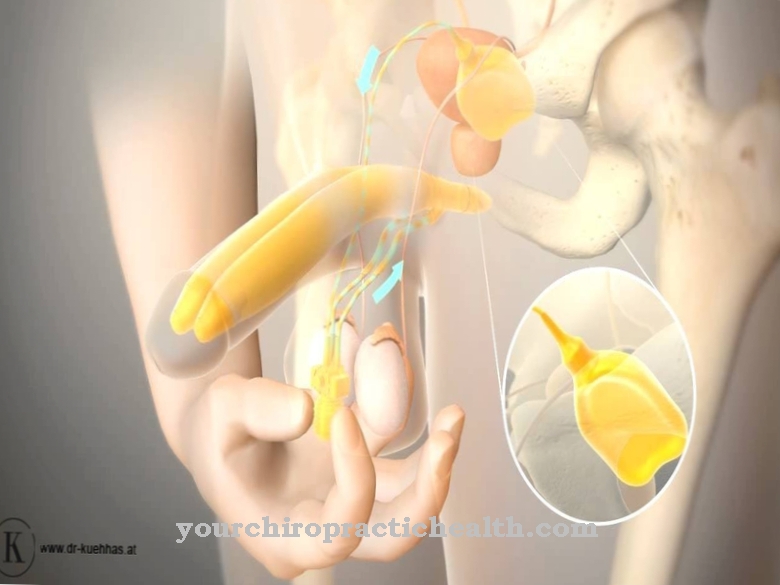
.jpg)
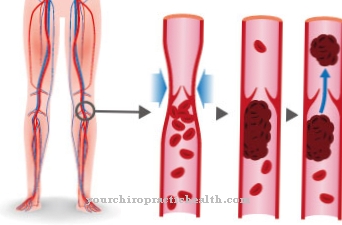
.jpg)


